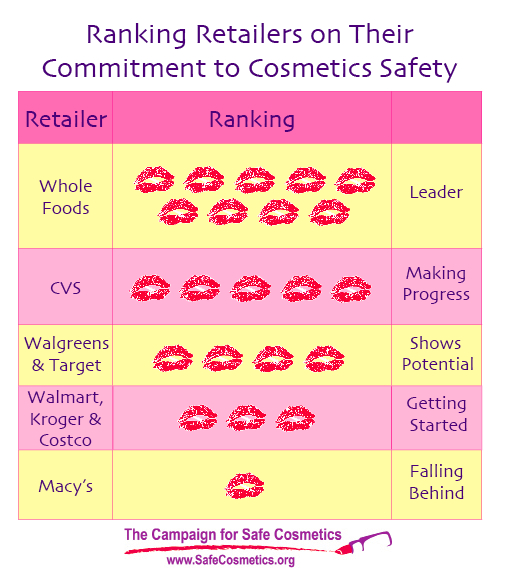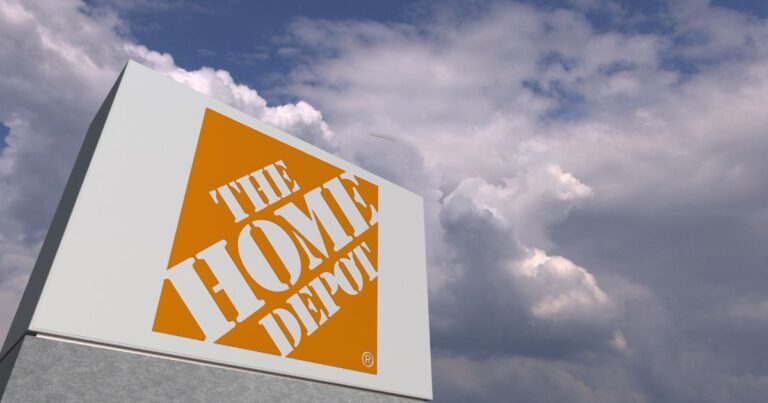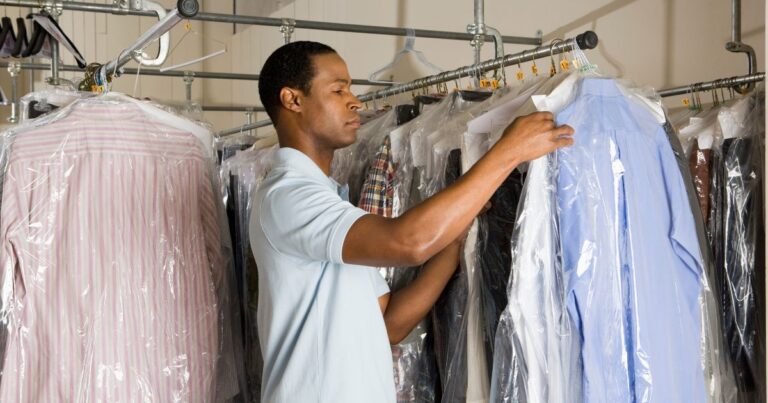Who’s Naughty and Who’s Nice?
It’s December 11th – just a few weeks before the holidays and three weeks until New Years Eve. If you’re like me, you’re a little bleary-eyed running around to finish up end-of-year projects and get ready for the holidays.
And if you like to give stocking stuffers like bubble bath, massage oil or lip balm, it can be really hard
to de-code the ingredient list in tiny print on the back of the bottle…to avoid inadvertently passing along toxic chemicals wrapped up in a red and green bow. 
How is this possible, you may ask? Doesn’t “someone in government” make sure that our products are safe before they enter the marketplace? Unfortunately, no. The $50 billion personal care product industry is largely unregulated in the United States. This means that products you buy at your local retailer—from baby shampoo to lipstick to moisturizers—can
contain chemicals linked to cancer, birth defects, infertility and other chronic diseases.
But there’s a new report out today that can help simplify some of that holiday panic – while providing scope for an excellent New Years Resolution for retailers and lawmakers.
Today the Campaign for Safe Cosmetics released a report, Retailer Therapy: Ranking retailers on their commitment to cosmetics safety, putting a spotlight on Walmart, Target, Macy’s, CVS, Walgreens, Costco, Kroger and Whole Foods Market. The report reflects months of work on the part of groups from Florida to Alaska and Maine to California who conducted on-the-ground surveys of their local stores.
The goal of the surveys, along with other research elements, was to assess which stores carry safe products, which have screened out products with hazardous ingredients (especially in their own store brands), and which are transparent with their policies.
So, how did the retailers do?
Whole Foods Market is by far the leader, garnering nine out of a possible ten “kisses” in the ranking, because of its policy of screening out more than 400 chemicals of concern from its premium products; offering an extensive range of safer alternatives; and communicating its safety commitments and progress clearly to the public.
At the other end of the spectrum, garnering only one kiss, is Macy’s, which stated that government regulations are adequate to address cosmetics safety and that it trusted its vendors to ensure the products the company sells are safe. The company has a very limited selection of safer alternatives, with some of its stores not offering any alternatives at all. CVS trailed Whole Foods with five kisses, followed by Walgreens and Target with four, and Walmart, Kroger and Costco with three.
The good news is that there is a rapidly growing demand for safer personal care products. This segment of the marketplace is expected to top $11 billion in sales by 2016, due to rising consumer concern about hazardous chemicals in cosmetics. And this trend is helping to persuade retailers to start paying more attention to safe ingredients and safe products.
Although this is encouraging, real reform can only come from new regulations that put common sense limits on toxic chemicals so that all families have access to safer products – whether they shop at Whole Foods or at “dollar” stores.
So please join us in asking Congress and these retailers to make a New Years resolution for 2013 – together let’s make every day products like cosmetics safe and easy to find on the shelves of our neighborhood stores.
Email the retailers to ask them to move away from toxic chemicals in personal care products.
Follow the Campaign for Safe Cosmetics on Twitter: @SafeCosmetics



